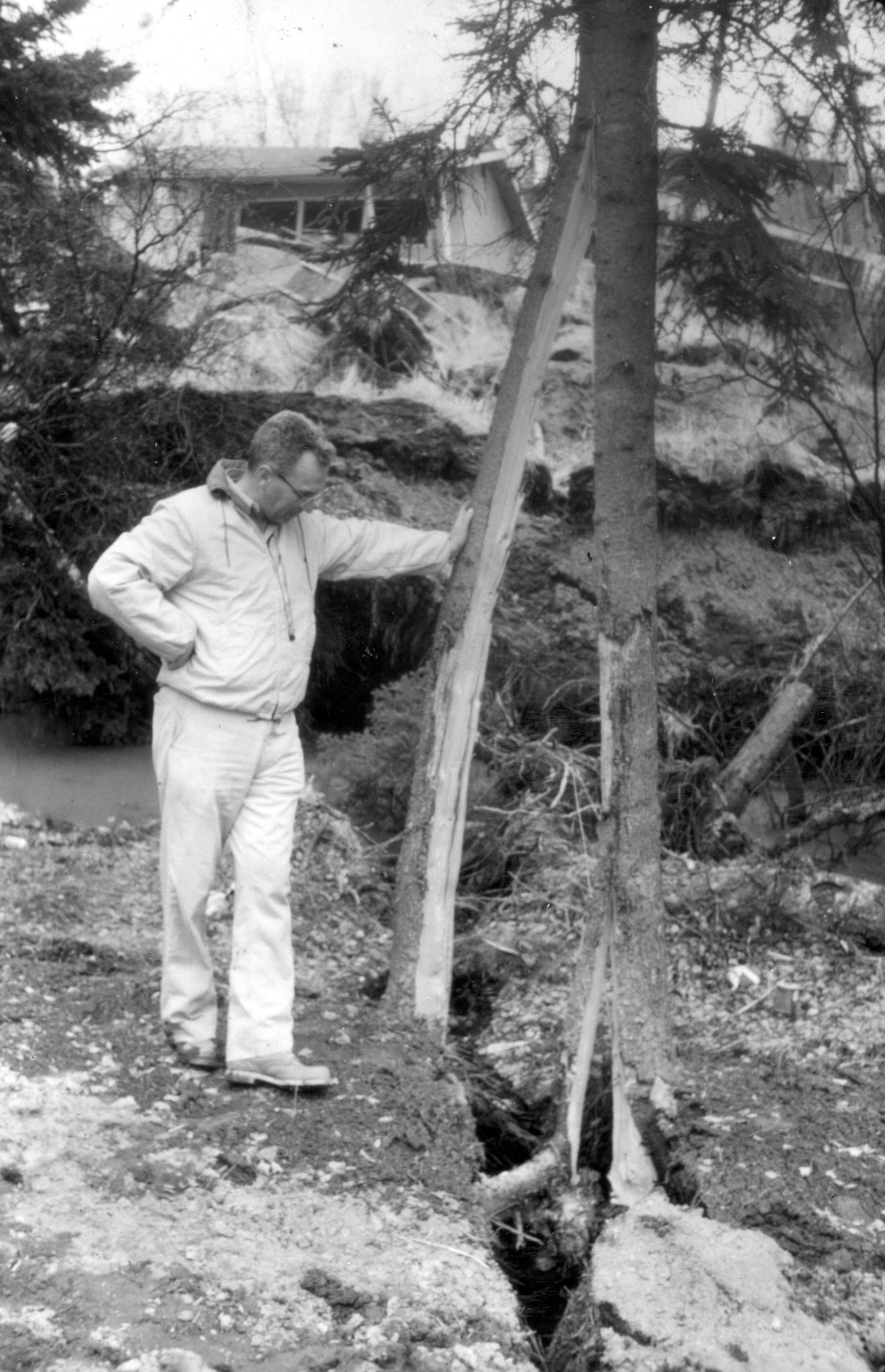
“The solidity of the earth is an illusion,” Ann Spirn claimed thirty-five years ago in her seminal book The Granite Garden. “At any moment,” she continued, “large blocks of ‘solid’ ground may crack, heave, flow, slide, swell, or sink,” referring to a series of earthquakes that occurred in American cities in the twentieth century. One earthquake that she detailed was the 9.2-magnitude quake in Alaska, 1964. Known to locals as the Good Friday Earthquake, what began as a quiet rumble instantly turned into a crustal rupture, sinking 22,000 square miles of ground some 5.4 feet and lifting twelve thousand square miles 7.5 feet in just four minutes. The affected region sits above the Aleutian megathrust, where the two tectonic plates—the North American and Pacific—converge, and the region is prone to continual earthquake activities. Although the epicenter was located seventy-five to eighty miles east of Anchorage, in Prince William Sound, the unique geological and topographical condition known as the Bootlegger Cove Formation resulted in major landslides in the state’s most populated city during the earthquake.
Keywords: landscape, environmental systems, materials, design, scholarship.
Continue Reading:





